Intro
Discover the CT Scan Angiogram, a medical imaging test using X-rays and contrast agents to visualize blood vessels, diagnosing vascular diseases and conditions like atherosclerosis, aneurysms, and blockages.
The medical field has witnessed significant advancements in diagnostic imaging technologies, and one such innovation is the CT scan angiogram. This non-invasive medical test has revolutionized the way doctors diagnose and treat vascular diseases. A CT scan angiogram is a combination of two technologies: computed tomography (CT) scan and angiography. The CT scan uses X-rays to produce detailed cross-sectional images of the body, while angiography involves the use of a contrast agent to visualize the blood vessels. In this article, we will delve into the world of CT scan angiograms, exploring their benefits, working mechanisms, and applications.
The importance of CT scan angiograms cannot be overstated. They have become an essential tool in diagnosing and monitoring various vascular conditions, such as atherosclerosis, aneurysms, and blood clots. By providing high-resolution images of the blood vessels, CT scan angiograms enable doctors to identify potential problems before they become severe. This early detection can lead to timely interventions, reducing the risk of complications and improving patient outcomes. Moreover, CT scan angiograms are less invasive than traditional angiography, which involves inserting a catheter into the blood vessels. This minimally invasive approach reduces the risk of complications and makes the procedure more comfortable for patients.
The working mechanism of a CT scan angiogram is fascinating. The process begins with the patient lying on a table that slides into a large, doughnut-shaped machine. The CT scanner uses X-rays to produce detailed images of the body, which are then reconstructed into 3D images using specialized software. To visualize the blood vessels, a contrast agent is injected into a vein in the arm. The contrast agent contains iodine or barium, which absorbs X-rays and makes the blood vessels visible on the images. The CT scanner then takes multiple images of the blood vessels, which are reconstructed into a 3D image. This image provides a detailed view of the blood vessels, allowing doctors to diagnose and monitor vascular conditions.
How CT Scan Angiogram Works
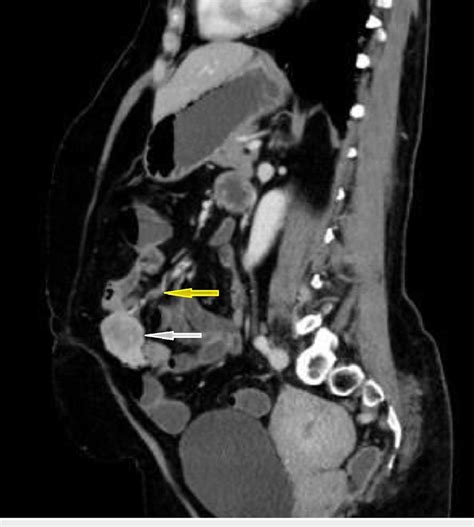
Benefits of CT Scan Angiogram
The benefits of CT scan angiograms are numerous. They provide high-resolution images of the blood vessels, allowing doctors to diagnose and monitor vascular conditions with greater accuracy. CT scan angiograms are also less invasive than traditional angiography, reducing the risk of complications and making the procedure more comfortable for patients. Additionally, CT scan angiograms can be used to guide minimally invasive procedures, such as angioplasty and stenting. This can reduce the risk of complications and improve patient outcomes.Applications of CT Scan Angiogram
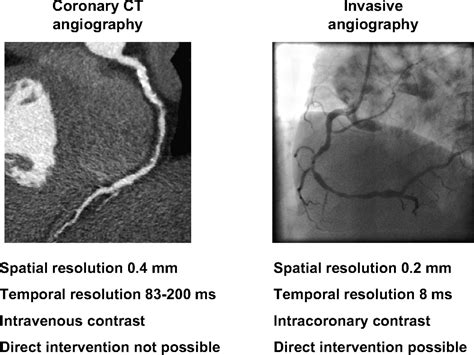
Preparation for CT Scan Angiogram
To prepare for a CT scan angiogram, patients should follow certain guidelines. They should avoid eating or drinking for a few hours before the procedure, and they should wear comfortable clothing that does not contain metal. Patients should also inform their doctor about any medications they are taking, as well as any allergies they may have. Additionally, patients should remove any jewelry or clothing that may interfere with the imaging.Risks and Complications of CT Scan Angiogram
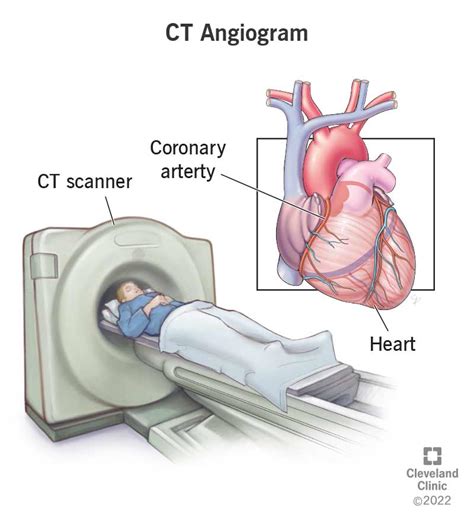
CT Scan Angiogram vs Traditional Angiography
CT scan angiograms and traditional angiography are both used to visualize the blood vessels, but they have some key differences. Traditional angiography involves inserting a catheter into the blood vessels, which can be invasive and carries a higher risk of complications. CT scan angiograms, on the other hand, are minimally invasive and use a contrast agent to visualize the blood vessels. CT scan angiograms are also faster and more comfortable for patients, and they provide high-resolution images of the blood vessels.Future of CT Scan Angiogram

Common Uses of CT Scan Angiogram
CT scan angiograms have a wide range of applications in the medical field. Some common uses include: * Diagnosing and monitoring vascular conditions, such as atherosclerosis and aneurysms * Guiding minimally invasive procedures, such as angioplasty and stenting * Evaluating the effectiveness of treatments, such as surgery or medication * Visualizing blood vessels in the brain, neck, and other areas of the bodyCT Scan Angiogram for Different Parts of the Body
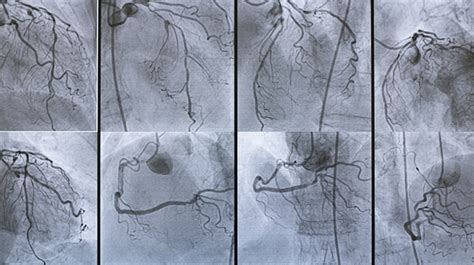
CT Scan Angiogram and Other Imaging Modalities
CT scan angiograms are often used in conjunction with other imaging modalities, such as MRI and ultrasound. These imaging modalities can provide additional information and help doctors diagnose and monitor vascular conditions. For example, an MRI can provide detailed images of the blood vessels and surrounding tissues, while an ultrasound can provide real-time images of blood flow.Cost and Availability of CT Scan Angiogram
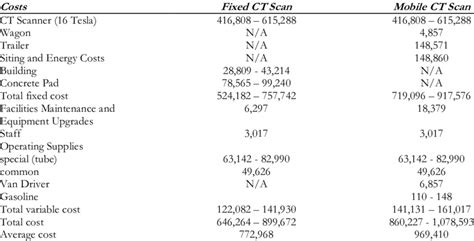
Conclusion and Next Steps
In conclusion, CT scan angiograms are a powerful diagnostic tool that can help doctors diagnose and monitor vascular conditions. With their high-resolution images and minimally invasive approach, CT scan angiograms are an essential part of modern medicine. If you are considering a CT scan angiogram, it is essential to discuss the procedure with your doctor and understand the benefits and risks. By working together with your healthcare provider, you can make informed decisions about your health and take the next steps towards diagnosis and treatment.As we have explored the world of CT scan angiograms, it is clear that this technology has revolutionized the field of vascular medicine. With its many applications and benefits, CT scan angiograms are an essential tool for doctors and patients alike. We hope that this article has provided you with a comprehensive understanding of CT scan angiograms and their role in modern medicine. If you have any further questions or comments, please do not hesitate to reach out.
What is a CT scan angiogram?
+A CT scan angiogram is a medical test that uses computed tomography (CT) scan and angiography to visualize the blood vessels.
What are the benefits of CT scan angiogram?
+The benefits of CT scan angiogram include high-resolution images, minimally invasive approach, and ability to guide minimally invasive procedures.
What are the risks and complications of CT scan angiogram?
+The risks and complications of CT scan angiogram include allergic reactions to the contrast agent, kidney damage, and exposure to X-rays.
